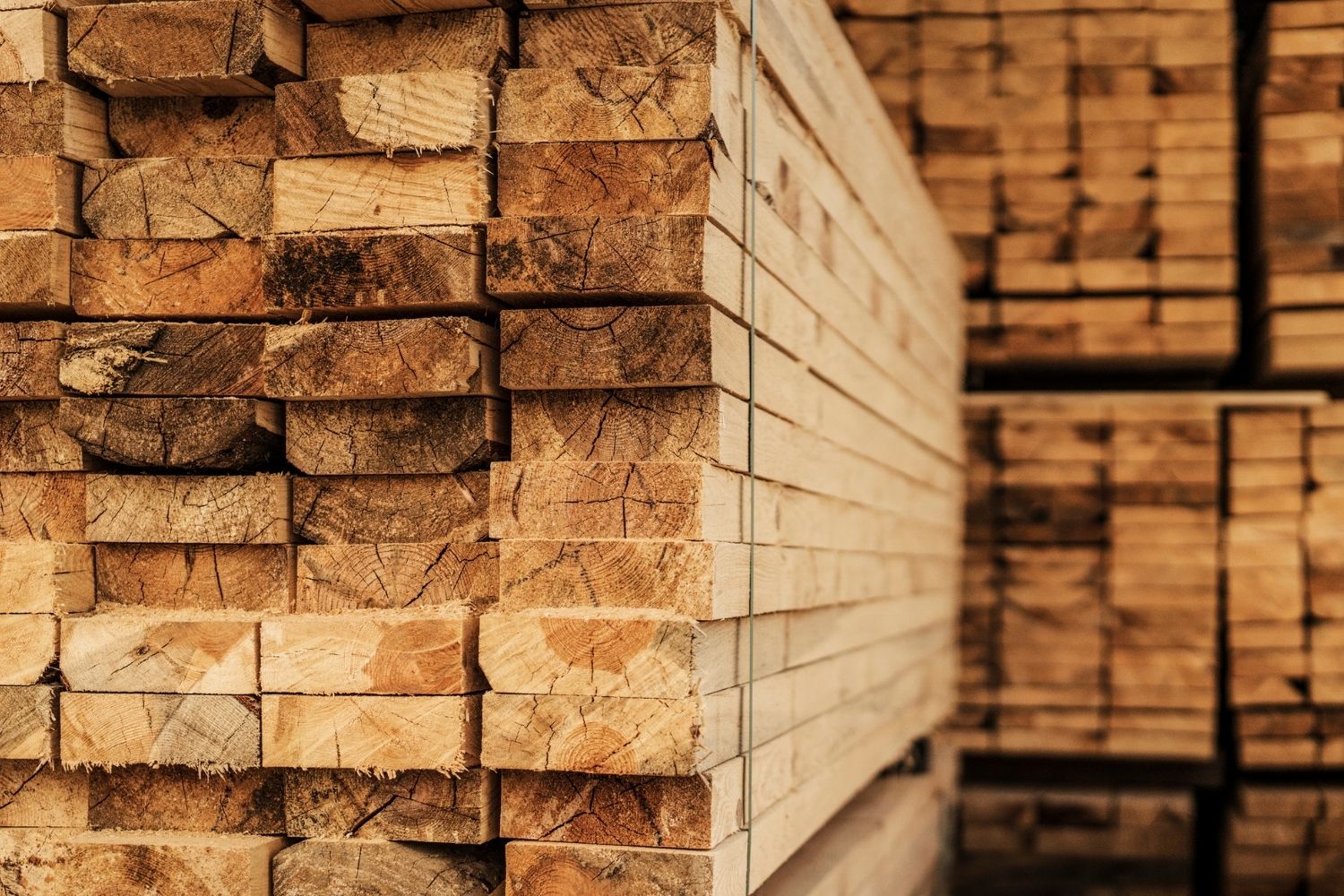We may earn revenue from the products available on this page and participate in affiliate programs. Learn More ›
Lumber grading is tricky and often counterintuitive. The grading system for white pine alone consists of about ten levels. If you are going to work with wood professionally, I’d suggest you consult a basic reference work on wood and master some of the subtleties. But most of us need to know only a couple of basic facts.
- First, “clear” means free of knots; the fewer the knots in a piece of stock, the more expensive it is likely to be.
- Second, when looking for boards to do high-quality finish work, you might want to mumble the simple epithet “Number 1” in the general direction of your lumber supplier. That will generally get you high quality, relatively clear wood for moldings, casings, and projects that require a fairly high level of finish. Number 2 boards will have more knots, be of quite good quality, but cost a great deal less.

Lumber Sizes
Whatever the kind or size of wood you’re buying, the unit of measurement is usually the board foot; one board foot is the equivalent of the cubic content of a piece of wood twelve inches by twelve inches square and one inch thick. Wood is usually priced on a board-foot basis, though some specialized stock like moldings is sold by the linear foot.
Boards are sold in nominal one-inch thicknesses (actual thickness: three-quarters of an inch) and in so-called five-quarter (actual thickness: one inch). Four-inch, six-inch, eight-inch, and ten-inch-wide boards are generally available (actual widths: three and a half, five and a half, seven and a quarter, and nine and a quarter inches). Lengths vary, but eight- and sixteen-foot stock is usual.
Standard dimension lumber, as well as pressure-treated stock, is sold in a wide array of two-inch pieces (the dimensions refer to sizes before planing, so nominal two-by stock is actually one and a half inches thick). Two-by-threes, fours, sixes, eights, tens, and 12s are standard (actual widths: three and a half, five and a half, seven and a quarter, nine and a quarter, and eleven and a quarter inches). Common lengths are eight, ten, 12, 14, 16, 20, and 24 feet. Four-inch thicknesses are also sold in some widths.
Plywood
Plywood is made of thin layers (“plies”) of wood that are glued together to form panels. Each ply is glued with its grain perpendicular to the adjacent plies for added strength.
Many varieties of plywood are sold. Finish plywood has at least one quality surface, while sheathing plywood, intended for use beneath siding, has rougher surfaces.
Most plywood is stamped with a letter designation that indicates the quality of its surfaces. The gradation extends from A to D, so a sheet graded A-A, for example, has quality surfaces on both sides, while A-C has one good surface and one rougher one. In brief:
- Grade A means the surface is blemish- free
- Grade B may have plugged knotholes
- Grade C may have small knotholes and splits (checks)
- Relatively larger knotholes are permitted in Grade D.
Plywood is sold in a variety of thicknesses, commonly from a quarter to three-quarters of an inch. Some plywood is cemented using waterproof glues for exterior applications, and graded using the code “EXT” for exterior use (conversely, plywood marked “INT” is intended for interior use). Four-foot by eight-foot sheets of most plywood are standard.
Special Considerations
- In buying dimension lumber for framing, the terminology is a lot less important than how straight the two-bys are, whether they have knots that will weaken them, and whether there are splits. You’ll also find when you move into larger stock that fir, for example, is much stronger (and more expensive) than spruce or pine, but better suited to wider spans for floor joists or longer rafters.
- When building outdoor or damp-area structures, pressure-treated lumber is another choice. This is regular lumber that has been injected or soaked in chemicals to prevent decay and rot.


